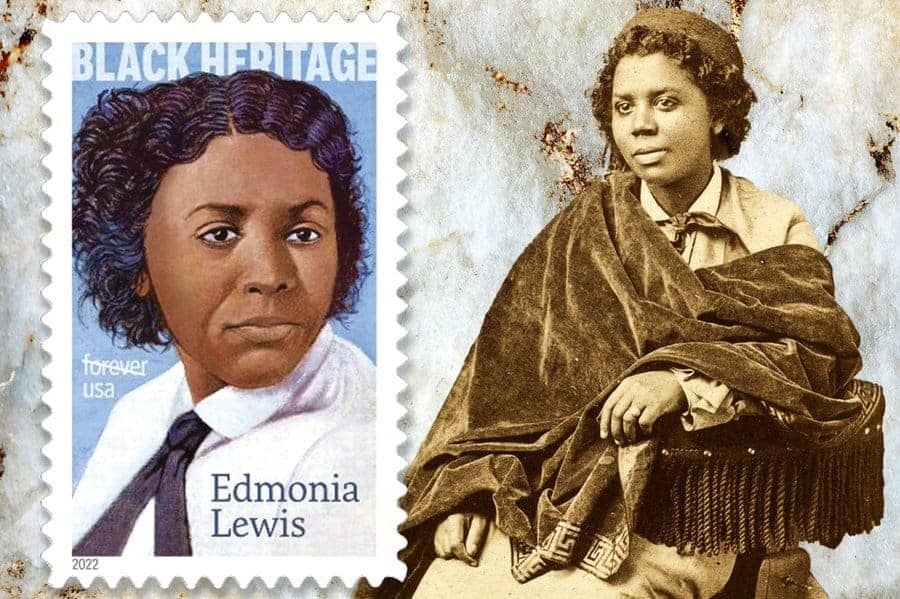
by Bay View Arts and Culture Editor Wanda Sabir
Congratulations to Dr. Vickie Alexander, founder of Healthy Black Families, on her 80th birthday, Feb. 26, 2022, and continued thanks for the institution you founded 10 years ago!
Asé for Dr. Paul Farmer, founder, Partners for Health, for his work in bringing medical help to our people throughout the Diaspora, especially Haiti. Visit, donate, support: https://www.pih.org/.
Happy International Women’s History Month 2022, especially those pioneering, risk-taking sistahs who stepped forward when no one else would.
Edmonia Lewis and Cleopatra
Too expensive to carry a 2-ton marble work, though well-received, back to Rome, Edmonia “Wildfire” Lewis placed “The Death of Cleopatra” sculpture in a storage facility in Chicago. Somehow, it made its way to a saloon in 1892 and then into the hands of a notorious gambler and racehorse tycoon “Blind John” Condon, who used it as the gravestone for his favorite horse, Cleopatra.
Claudia Li writes in “Sartle”: “The post-exhibition life of Cleopatra gets a little rocky. Evidently, Condon found a lot in common between the real Cleopatra and the hooved one. With ‘Blind John’ as a nickname, though, you may find that practically everything has something in common.
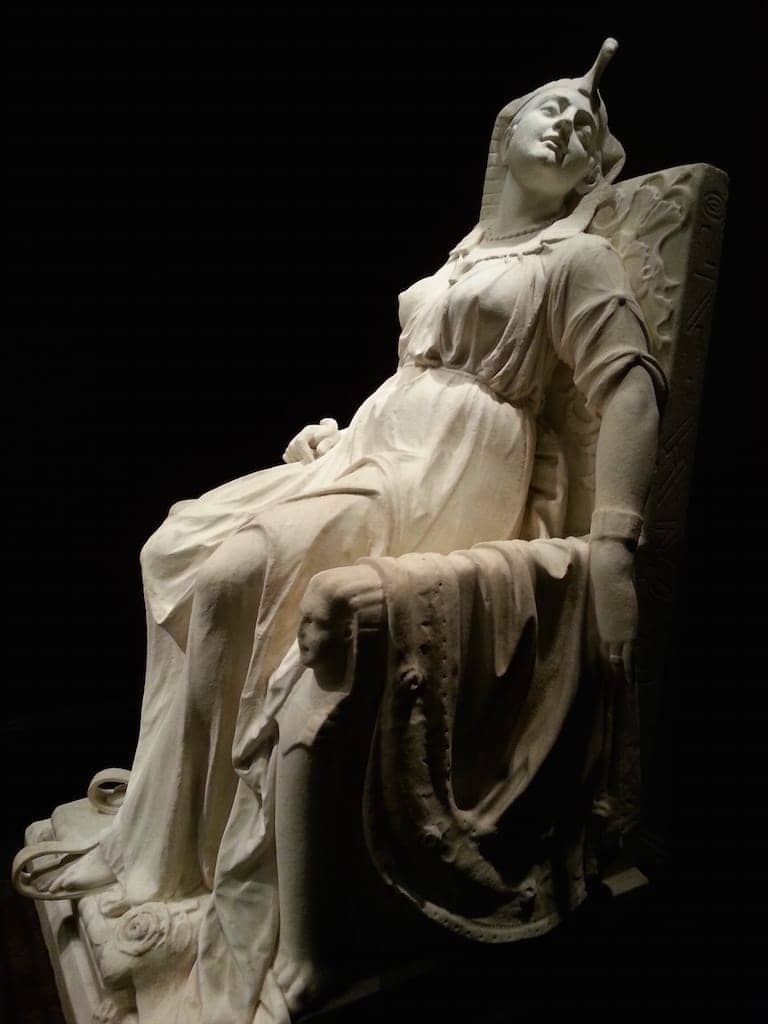

“When the racetrack turned into a USPS service facility in the 1970s, Cleopatra traveled to a storage yard, where a fire inspector and his son’s Boy Scout troop rescued it and cleaned it. They also painted it white because, at that time, white-washing was OK.
“A biographer working on Edmonia Lewis’ life story sent out a query for Lewis’ last known sculpture and, after visiting Cleopatra in a local shopping mall, knew she’d found it.”
Edmonia Lewis “was the first Black woman to make her livelihood from plastic arts. Born free in upstate New York, she grew up in New Jersey with her mother’s people and lived most of her life in Rome, Italy. In her work ‘Forever Free,’ a celebration of Black liberation, salvation and redemption that represents the emancipation of African-American slaves, Lewis attempted to break stereotypes of African-American women with this sculpture.”
In Dakar, for the Festival of African and African Diaspora Culture (FESMAN) 2010, “The African Renaissance Monument” was unveiled, resembling Lewis’ celebration of Black liberation.
I listened to a really delightful “Finding Cleopatra” podcast on Sidedoor, from Dec. 19, 2019, which retells the story like a whodunit. A young Ms. Lewis suffered racial and sexual assault at Oberlin College – one of the only institutions that allowed women and people of African descent to attend with the dominant male student body.
She did not let this deter her, even when she was assaulted by dominant-culture Oberlin students and falsely accused by others of attempted murder, for which she was acquitted. Print out this comic for a young person to read about this remarkable woman of paternal Haitian and maternal Mississauga Ojibwe heritage.
Wombfulness Gathering reflection on the first anniversary: still distancing and sheltering in place
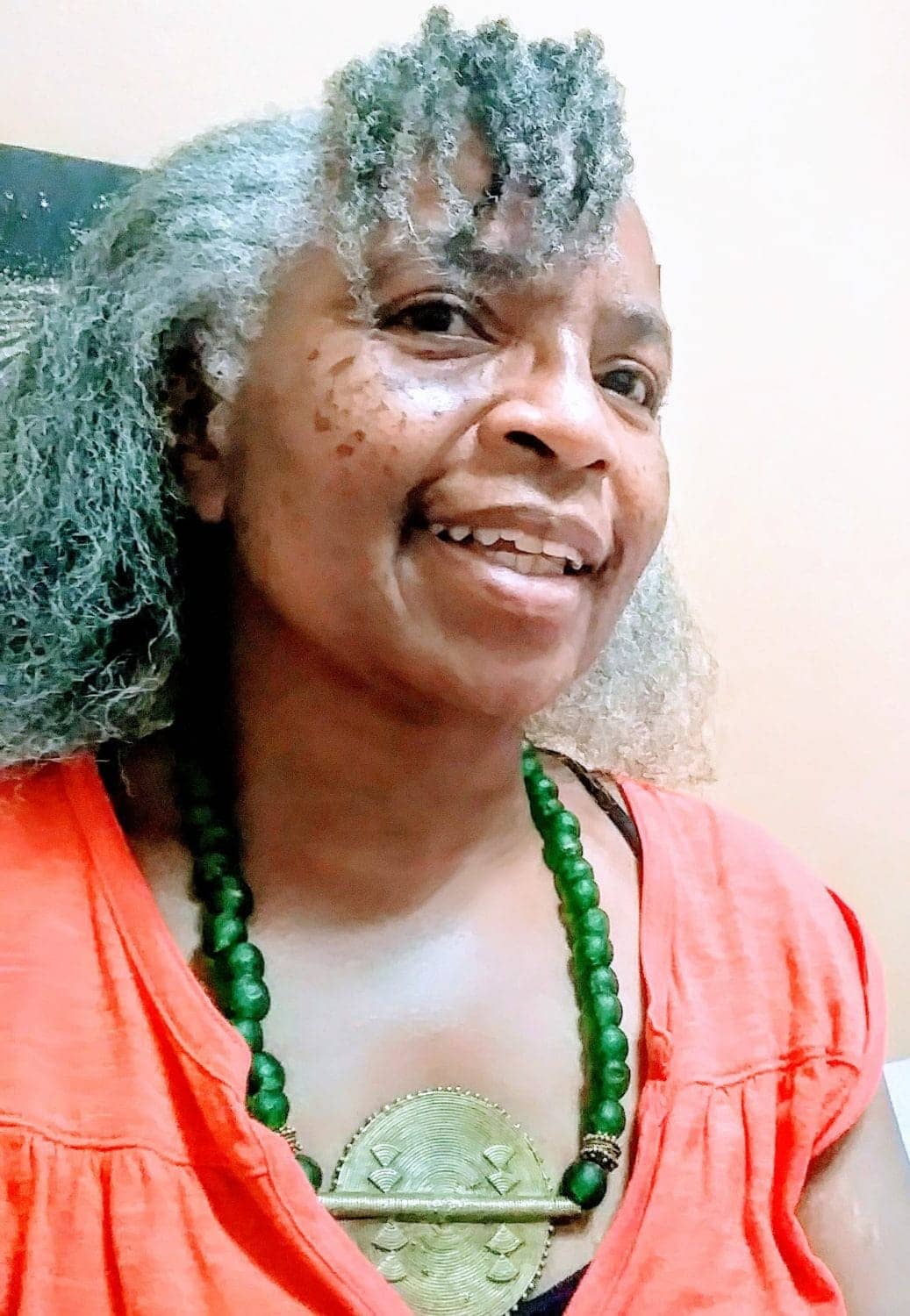
As the borders between us open wide, I stay within, closed to too much exposure. Carefully, I peek into rooms crowded with humanity and retreat. It is the gift of literature, art I enjoy in solitude, that feeds a hunger that comes with famine. I may never be able to touch strangers, fly to distant countries, sit in live theater productions, attend a dance class or walk through an art show.
I remember my last such events as doors shut tightly behind me as I squeezed though. I am so happy I have books to read. Ancestors walk with me – Sojourner Truth, Mrs. Jarena Lee, Harriet Wilson, Frances Harper, Anna Julia Cooper, Ph.D., Della Reese, Cicely Tyson. (These women share their stories in “Spiritual Narratives,” “Six Women Slave Narratives” and “Collective Black Women’s Narratives,” all from “The Schomburg Library of Nineteenth-Century Black Women Writers” (1988), edited by Henry Louis Gates Jr., Ph.D.)
March 2020, now March 2022. My grandson will be 1 in May. I remember May 2021. Diagnosed with endometrial cancer on June 1, I suddenly found myself in a new sorority – wombfulness. What is a female-born person without her womb?
Representative, clearly, we are not the sum of our parts, rather we are more than our collective organ function or dysfunction. The tendency to commodify is so easy in a society that parses, slices and distributes, values and devalues by sex in the context of Black Gaia.
After major surgery late July 2021, which removed the diseased womb and her girls to check for cancer cells – none found. I walk through shadow, put out my hands to locate something tangible or solid on the other side – it is illusive steel, hard to fathom, yet, I keep walking. I keep walking.
It is the movement that connects me to a larger self, “wombfulness gathered,” a collective space I hadn’t known that opened for me March 2021, when I learned the California Department of Corrections had sterilized incarcerated women just because it could.
Twenty years later, Kelli Dillion, lead plaintiff, heads the reparations movement for redress, which passed. She and other collaborating agencies which led to this decision are now instrumental in sharing this information with women who were so injured who are still alive.
Her story is told in the film “Belly of the Beast.” It is a hero’s journey none should have to traverse. There are the roads less traveled and the roads we are pushed into by powerful hands on throats, shackled wrists, ankles – legislation that does not protect all, especially the powerless and the more vulnerable – Black women, poor women, incarcerated women. For these women, childbirth is not the time to argue or negotiate.
Wombfulness Gathering’s one-year anniversary March 2022 program
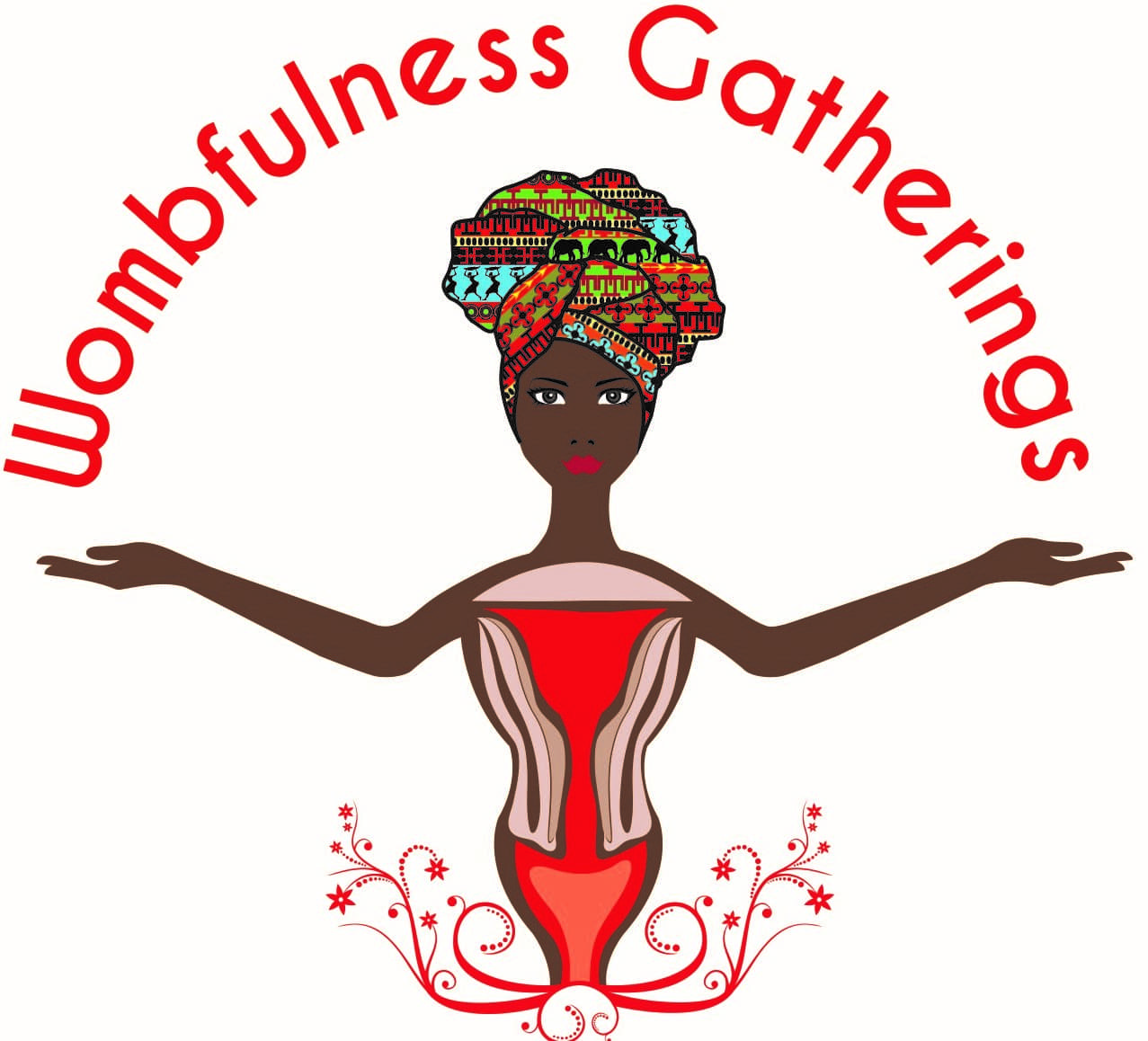
MAAFA SF Bay Area launched Wombfulness Gatherings as a space for Black wom(b)en to share Gaia medicine, folk wisdom from our ancestors and resources for wellness and well-being. We danced, shared stories, read poetry, cried and held one another as some of us did yoni or vaginal streaming on new and full moons, did visioning activities and moved through the calcified into greater clarity. The presentations featured artists, elders from here and elsewhere in America and in the Diaspora.
We have a virtual Wombfulness Gathering, Saturday, March 19, 10 a.m.-12 p.m. at the SF Main Library, African American Center. It is our one year anniversary. The next session will start this fall, possibly in September. We are looking for institutional in-kind and financial support. It is hard to sustain a movement out of one’s pocket. Right now, the project is all volunteer. Sessions are free; however, donations are accepted.
At our March 19, 10 a.m.-12 p.m program, we feature conversations with Opal Palmer Adisa, writer, gender specialist and cultural activist. Adisa is the former university director of the Institute for Gender and Development Studies at The University of the West Indies.
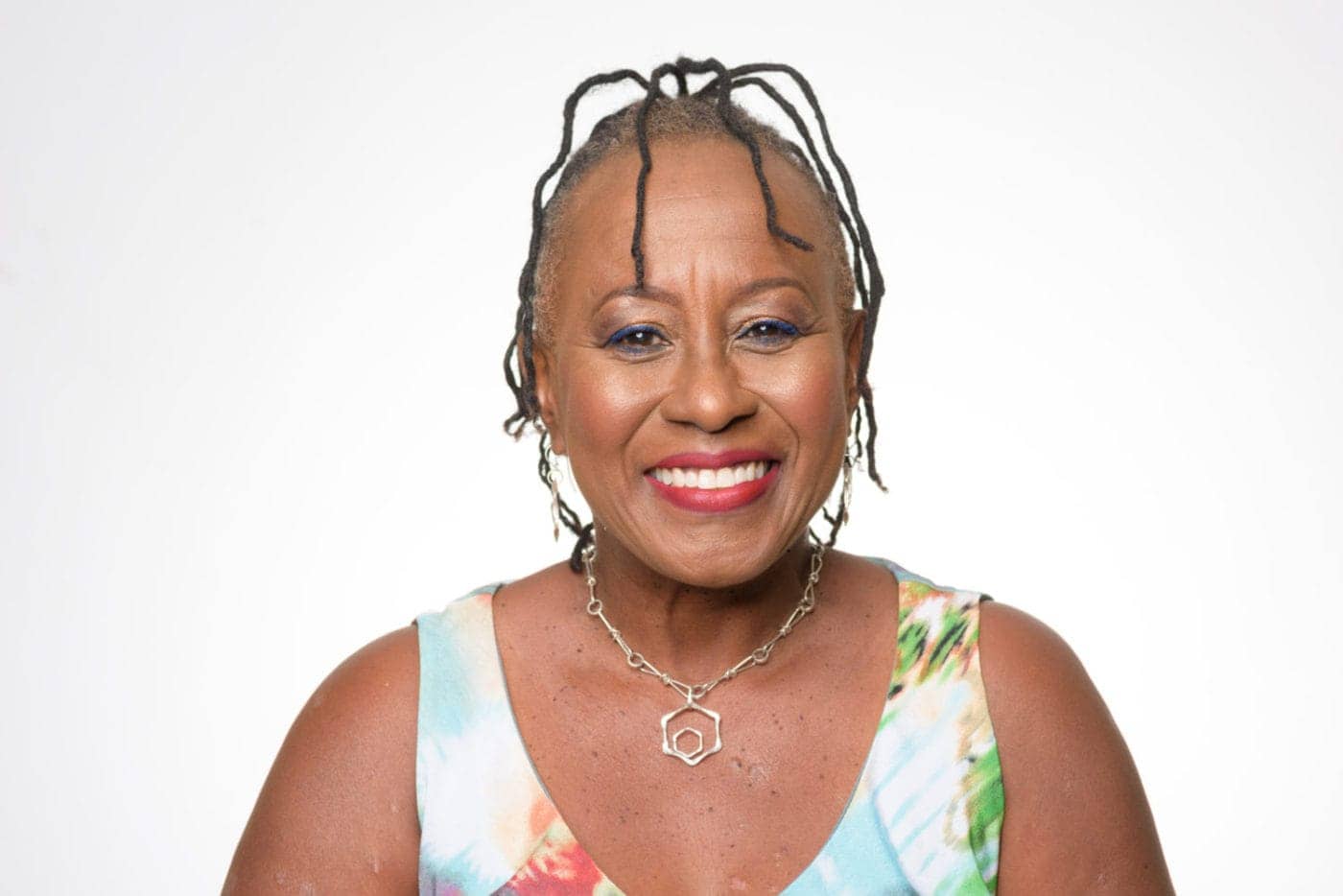
Adisa believes that literature and the performance arts are the best approaches to interrogate gender inequality and formulate an approach to gender justice. A feminist and activist for four decades, Adisa has published 22 collections that include essays, novels, short stories, poetry collections and children’s books. Her areas of focus are gender-based violence and ending child sexual and physical abuse.
Arisika Razak, Berkeley, Calif., has been a midwife, healer and spiritual dancer for over 40 years. Working as a nursemidwife, women’s health advocate and spiritual teacher in the 1980s, her initial workshops and dances celebrated the power and sacredness of the female body and reflected her belief that we are all embodiments of the sacred, regardless of our sexual orientation, our dis/abilities, our sizes or our experiences.
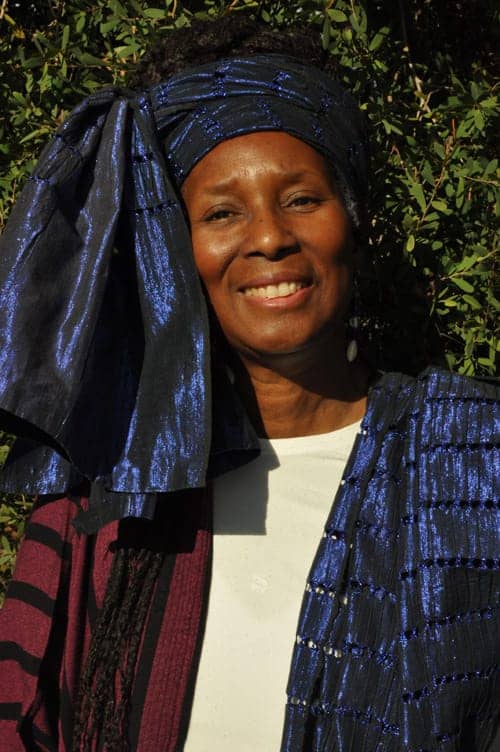
An associate professor at the California Institute of Integral Studies in San Francisco from 2000 to the present, Arisika is a regular contributor to books and journals. She presents at numerous conferences on the subjects of diversity, equity and inclusion and the spiritualties, creativity and resilience of peoples of Africa and the African Diaspora. She is currently a core teacher at the East Bay Meditation Center in Oakland, Calif.
Maimounata “Maï” Lingani is one of the most well-known and sought-after recording artists of Burkina Faso, West Africa, and Marjé Kilpatrick is a 25-year-old creative and rhythmic storyteller from Richmond, Calif. Using the colors and textures of psalms, she weaves together tales that tell the truth of her time as a brown reflection in a muddied river.

In her youth, Marjé excelled in spoken word which alloted her the opportunity to compete nationally in the Brave New Voices poetry competition. She is remembered as the narrator in the commemorated play “Te’s Harmony” (2013) and later the award-winning documentary “Romeo Is Bleeding,” which was on the 2015 film festival circuit and a 2017 Def Jam Digital and Netflix publication. In 2019, Marjé released her first musical production entitled “Pretty Brown, Brown,” in which she explored memories of summer-time-freedom in juxtaposition with her new reality as a college dropout.
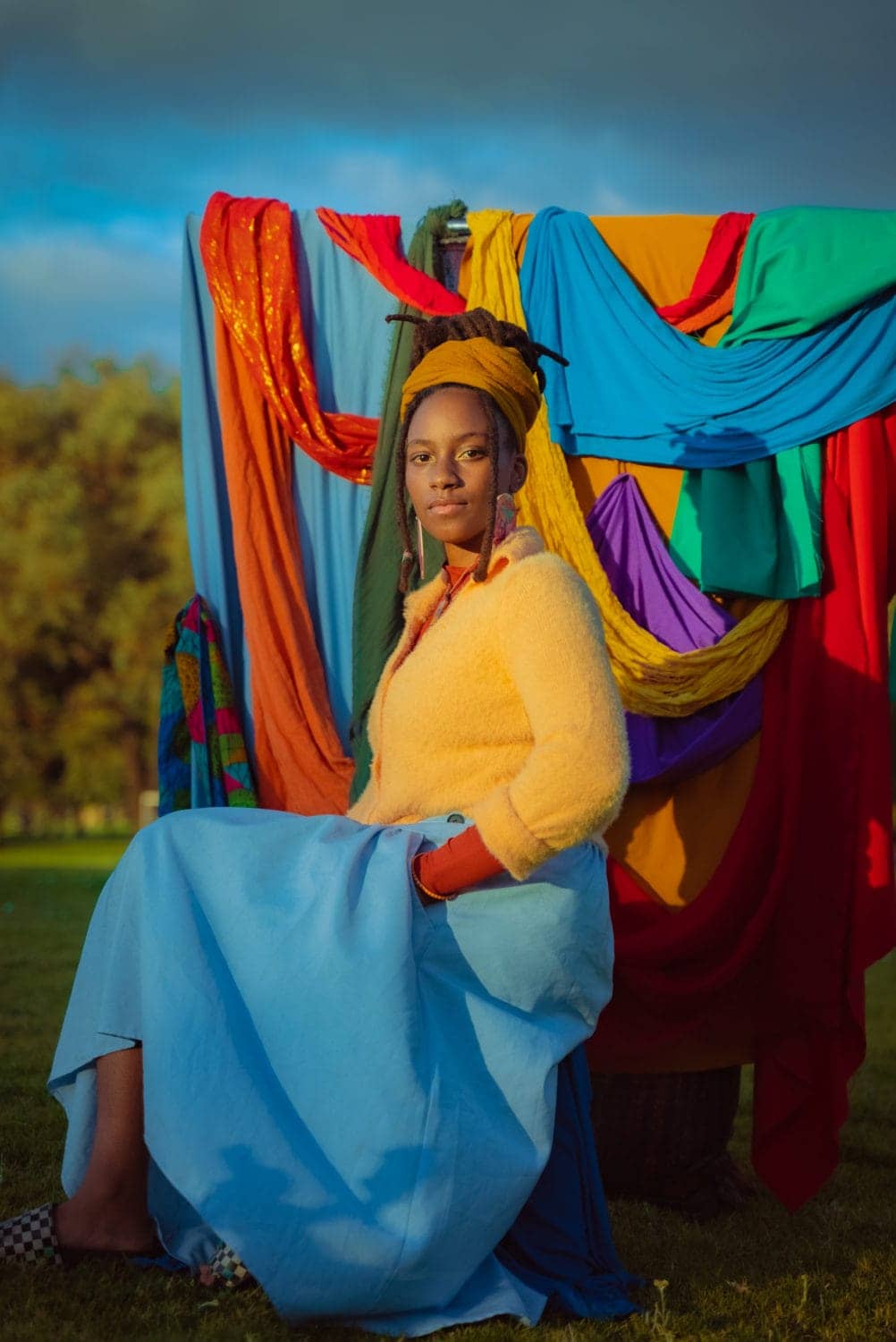
Films
“American Reckoning,” a film by Yoruba Richen and Brad Lichtenstein, is streaming on Frontline PBS. Before I watched the movie, I thought it was going to be another tragedy. You know, Black victims and white saints and demons who flee into whiteness and get away – dry bones in their wake.
I just wasn’t feeling yet another Maafa story, a story where Black people are killed and no one bleeds in return. Whew, I should have known better, given the track record of the creative team – Richen (“The Killing of Breonna Taylor”) and Lichtenstein (“Ghosts of Attica”). “Reckoning” is a resistance story, a successful one, that unrolls like a crime mystery.
True, there is violence and death, but the folks in Natchez were not rolling over. They were fighting back. The story is also yet another American story that shows bad guys getting away and Black people without resolution. Mumia Abu-Jamal says in his book by the same title: Black life does not matter, never has.
“American Reckoning” is one film in the Frontline series “Un(re)solved,” which looks at the cold cases from the Civil Rights Era until Congressman John Lewis’ Emmett Till Act, which supports the investigation of these cases. Unfortunately, of the cases investigated, there have been no successful prosecutions. Only 21 remain un(re)solved of the 150 cases. In most cases, the killers have since died. No one, so far, is charged. We learn that in the Wharlest case, the guilty parties were well known.
The Deacons of Defense feature prominently as does the brother of Medgar Evers, NAACP Field Secretary, July 2, 1925-June 12, 1963, who was killed in his Jackson, Miss., driveway. Charles Evers. Sept. 11, 1922,-July 22, 2020, plays a key role in the Natchez organizing. He later became the first Black mayor of a Mississippi city, Fayette, 1985-1989, since the Reconstruction era.
He challenged the racial system and was killed because he took a job from a white man – the raise, just five cents.
George Metcalfe, NAACP president, who survives a car bombing, also features prominently in the compelling film. The deacons show up with arms for the men who defend their communities. It is a fascinating history many do not know, especially Black youth. The Natchez community uses boycotts and other effective strategies to economically bring the city to its knees.
Those white businesses were closing their doors, and so the mayor agreed to the 10 demands – among them, hiring Black police officers and hiring Black people for jobs formerly closed to them, like supervisory positions in the auto factory. Conditions got a little better for the Black folks in town. Jackson applied for a job previously reserved for white workers. He was supervising men who hated him. The raise was just five cents, but it wasn’t about the money.
The KKK marched legally through town, their visual presence a terrorist act; nothing was done to protect Jackson – no one was shocked when one of these racists wired NAACP leader Wharlest Jackson’s truck with explosives. Jackson was targeted precisely because he stood up. His bereaved wife and five children’s lives were destroyed, yet the family kept asking questions and pushing for resolution, if not, justice.
It is also crazy how the killer was known, yet for some reason he escaped prosecution. It’s also crazy how the editor of the town’s newspaper told the offspring who killed their dad 40 years ago.
Wharlest Jackson was one of many righteous folks fighting for his freedom. He challenged the racial system and was killed because he took a job from a white man – the raise, just five cents. The killer who wired his truck with explosives wanted to kill children and other innocents. Justice and Black people live on different blocks previously gentrified.
The film shares an important story that most of us don’t know. We need to learn this history: the lives taken by cowards whose lives were threatened by a people who decided to defend their community as they marched for Civil Rights.
Unfortunately, there is no justice: 150 cases, 21 left, no convictions.
These were working people who cut hair, fixed cars, cooked meals and mopped floors. Wharlest Jackson had three jobs, not including cooking meals and combing hair when his wife got lupus.
Political rhetoric then and now continues to be a fiction, given the safe position racialized terror groups like the KKK have license to torment and kill and maim Black people without interference from Natchez law enforcement, which institutes a curfew and calls in the national guard when Black people organize an economic boycott of all white owned stores when the mayor refuses to grant the community’s 10 demands following the explosion.
The use of economic sanctions is only highlighted in Montgomery. Everyone knows the year long boycott of mass transit. However, this successful Natchez story makes one wonder where else similar strategies were used.
These Black men had guns. If they hadn’t, there would have been a different outcome. Richen references the documentary “Black Natchez” (1967), which aired on National Educational Television – predecessor to National Public Broadcasting – and was directed by Ed Pincus and David Neuman.
“If Black people had made this film, what would it have looked like? How would it have been different, if it would have been different? We weren’t given access, obviously, at that time, to tell our own stories.”
This has changed. Black directors do have access, so “American Reckoning” is from a different perspective – historical and present, what unfolds is a truth couched in historic context. Wharlest Jackson’s children are adults when we visit Natchez with the directors, yet the story has multiple chapters written almost daily. When will this assault on justice stop?
It’s great seeing Congressman Lewis and learning about the Emmett Till Act regarding Civil Rights Era cold cases. Unfortunately, there is no justice: 150 cases, 21 left, no convictions. I had a great interview with the directors last month. Watch “American Reckoning” here. Read the interview online at wandaspicks.com.
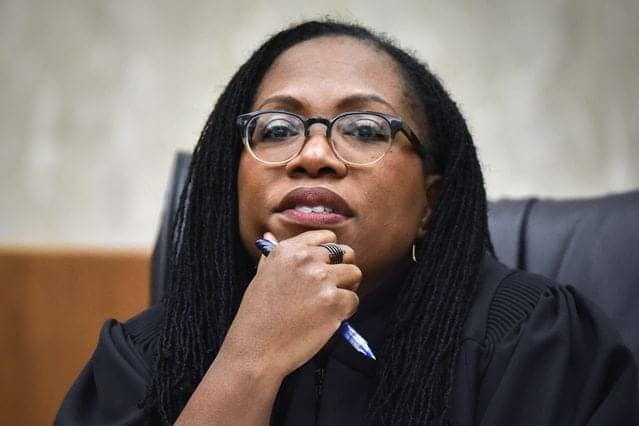
A review and interview on ‘Who We Are: A Chronicle of Racism in America,’ directed by Emily Kunstler and Sarah Kunstler
In producer-writer Jeffrey Robinson’s “Who We Are: A Chronicle of Racism in America,” directed by Emily Kunstler and Sarah Kunstler, audiences look at the birth of this nation and how 55 years after the Kerner Report of July 1967, 156 years after first Civil Rights Bill – ratified April 9, 1866, just after the Civil War and followed by the Civil Rights Act March 1, 1875, CRA Sept. 9, 1957, CRA 1964 and CRA 1968 – not much has changed for Black people in America.
What makes this chronicle unique is the discussant’s life, which anchors and centers a narrative that is surprising, not because we didn’t know it was so bad, but because of the facts that lend themselves to the tragedy.
Robinson states that his parents were unicorns and his childhood, and life, a fable or fairytale. Born in Memphis, Tenn., he and his three siblings grew up loved and protected. He says that he wasn’t the smartest kid in town; however, he was able to graduate from Harvard Law School and have a varied legal career as a public defender in Seattle, where he represented indigent clients in state and federal court.
As litigant for the ACLU, Robinson was one of the original members of the John Adams Project, where he worked on behalf of one of the five men held at Guantanamo Bay charged with carrying out the 9/11 attacks. Yet, when his wife’s sister died and her son, Matt, age 13, came to live with him and his wife, Robinson says: “What started out as a search in my attempt to help my nephew deal with the challenges of racism in America turned into an education I was not expecting.”
Part TED Talk with music, charts, statistics and video, part facts spliced with living examples of the phenomena, “Who We Are” is a “Racism 2022 Road Trip.”
Emily Kunstler, director, handles an 11-passenger van with her daughter, her sister, Sarah and mother aboard along with Robinson, of course, and his wife, plus a few others. Between interviews, Robinson and company debrief – sometimes on camera. We witness Robinson unpacking some of the really hard moments.
We see Robinson shed tears and get angry as logic and bigotry refuse to share space.
The brilliant way the directors splice Robinson’s taped conversations with in-the-moment interviews with mothers, like Gwen Carr, mother of Eric Garner, and other family members who lost loved ones to state violence – families who are still grieving the killing of their brother, son, friend, husband, plus multiple survivors of racial terrorism and terrorist landmarks and monuments like the Lynching Tree in Charleston, S.C. – places like the Old Slave Mart Museum, also in Charleston, and monuments to Civil War massacres and murderers.
Such sites and testimony show these sites, sounds, stories from multiple perspectives as camera shifts from presenter to participant. We see Robinson shed tears and get angry as logic and bigotry refuse to share space.
This history lesson needs no popcorn. Not only will you stay in your seat, you will look for references to read later to understand more completely the discourse, which moves too quickly to comprehend its magnitude.
Most of what we know about American history is a cleaned up version of the founding story from Francis Scott Keys’ poem excerpted for the National Anthem to the polished lies and laws in documents like the Constitution of the United States that kept enslaved persons enslaved and ensured Black lives legally never matter.
Emily and Sarah Kunstler saw Robinson’s presentation and suggested the idea for a film. Reluctant at first, the trust grew over the 12 years or so it took to bring the project to completion. As Robinson traveled the country with his presentation, he spoke to other citizens about human rights. The interviews, as mentioned, are interspersed with the presentation. Like a dance, the live and scripted conversations woven together show the complex nature of racism in America.
Larry Payne, Robinson’s peer – who was killed with a shotgun blast to the chest at close range by a Memphis police officer during the 1968 sanitation workers’ strike – opens the story. The officer never faced charges, and Ms. Carolyn Payne, Larry’s sister, says her family has never received an apology from the City of Memphis.
From Mother Lessie Benningfield Randle, born in 1914, one of the last remaining survivors of the Tulsa Race Massacre of 1921; to Dr. Tiffany Crutcher, activist and twin sister of Terence Crutcher, an unarmed 40-year-old man who was shot and killed in Tulsa when his car stalled on a city street; to Sen. Henry “Hank” Sanders and his wife Faya Ora Rose Touré’s discussion of a name change for the bridge named after a Grand Dragon of the Klu Klux Klan – Edmund Pettus Bridge to Freedom Bridge.
Tami Sawyer, a Memphis County commissioner and political activist, looks tired when the two confederate monuments finally come down. She says she is tired because “We had to fight so hard. I had friends who went to jail for this, a woman was killed for this. [While this] statue came down … almost another 1,000 stand across the country.
“People are working harder to protect them … [yet they] tell us that ‘we are wrong’ or ‘attention-seekers’ … than they are to reconcile and get to a point of truth and understanding about who these people were.”
Robinson states that all the Confederate monuments and memorials were built in the 20th century. He says these men are honored for their bloodshed, not for any particularly honorable act. These monuments are built for men who upheld the rights of the enslavers and killed those in the war who fought against these rights.
Dr. King’s killing and that of Larry Payne, Robinson’s peer – who was killed with a shotgun blast to the chest at close range by a Memphis police officer during the 1968 sanitation workers’ strike – opens the story. The officer never faced charges, and Ms. Carolyn Payne, Larry’s sister, says her family has never received an apology from the City of Memphis.
The stories are true and painful, especially when juxtaposed with the racial epithet running like supertitles across the narrative of this nation no matter who is in office – Richard Nixon, Bill Clinton, Ronald Reagan, Donald Trump, Bush Jr. and Bush Sr., even Barack Obama. All have blood on their hands.
In a recent interview, I spoke to Robinson and the directors about the film, which opened throughout the nation in February. “Who We Are in America” is now a project with a mission to give space to documenting these stories so that there is an historic record. The film is released on Sony Classics. Read the interview on wandaspicks.com.




